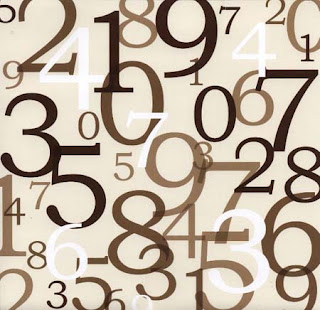Measuring mass....

 Our measurement unit continues and this week we are on to mass. We started with the gram unit and used our gram stackers to measure three small units - a wood chip, a washer and a tile. At first, we felt the mass in our hands and tried to put them in order from heaviest to lightest. This lesson comes from Measuring Matter the newest FOSS kit.
Our measurement unit continues and this week we are on to mass. We started with the gram unit and used our gram stackers to measure three small units - a wood chip, a washer and a tile. At first, we felt the mass in our hands and tried to put them in order from heaviest to lightest. This lesson comes from Measuring Matter the newest FOSS kit.
Then we actually weighed them and recorded the mass in our notebook. It's a simple way to start, but sometimes that is the best way to make sense of mass.
You can see the set up of our science notebook really well in this entry:
Focus Question:
Data - trial one and trial two
Conclusion

Next, we were able to put the steps in order to show how to measure mass using a balance scale.
I think these lessons are simple in nature and therefore make an impact on our students. When you teach measurement, it is so easy to teach it through worksheets and center games. Don't forget to actually get out there and measure real objects!!! Just saying.....




